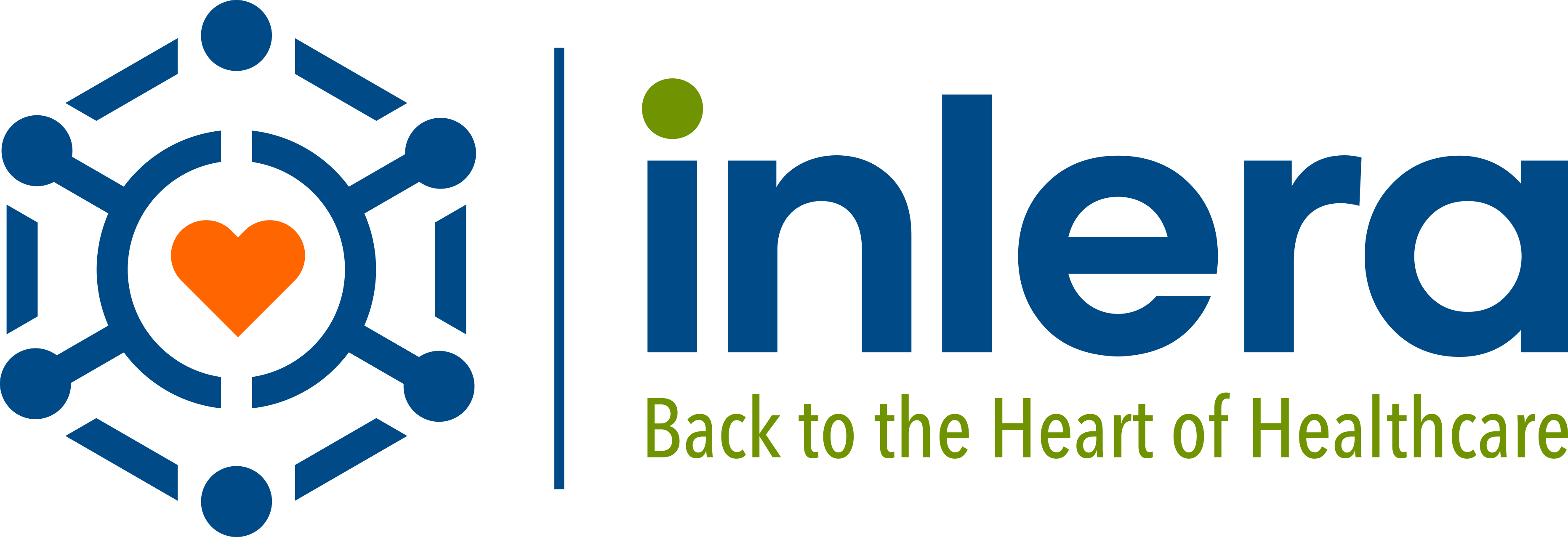
The process of enrolling a provider can be tedious for many reasons. This is why having a proper credentialing process in place can not only minimize the amount of time it takes to onboard a provider, it ensures your organization is protected.
The healthcare industry is already inundated with paperwork, but streamlining the credentialing process is one way to minimize the time we spend on it. The less time we spend on clerical work, the more focus we have on our patients.

HRSA: Health Resources and Service Administration
If you’re unfamiliar with HRSA, it’s important to know how this program works and how it can positively impact the way your organization operates when it comes to provider enrollment. HRSA oversees health centers to ensure they’re doing everything accurately and effectively so that their patients are protected.
Every two years, HRSA conducts audits for the provider credentialing, billing, coding, and finance departments. These audits make sure the organization is compliant with HRSA’s guidelines. Thankfully, if you start streamlining all procedures from the start, you will easily pass the two-year audit. While starting a new process can seem daunting, there are a few easy steps you should follow to ensure your organization passes any audit that comes your way.
Where Do I Begin?
It’s important to start from the beginning if you’re looking to simplify your provider enrollment process. You must set policies and procedures from the jump that reflect both the FQHC and HRSA guidelines. A Federally Qualified Health Center (FQHC) is a primary care center that typically serves patients with limited access to healthcare and acts as a safeguard for providers.
Below are three easy steps you should follow as an organization when bringing on a new provider:
- Perform a Primary Source Verification once the provider's documents are received.
- Make sure all provider documents are correct, cleared, and filed in a dated format.
- Enter all provider information in the National Practitioners Data Bank (i.e.: date of birth, social security number, active certifications they hold, etc.) The NPDB will provide feedback from both the federal and state level if there are any red flags in the provider’s license.
Every two years, the above credentialing information needs to be submitted to HRSA for an audit (further proving how important it is for the information to be accurate). Once the audit is complete, all this information should be filed away in a credentialing file. By following these steps, you are ensuring everything is both active and accurate.
What Happens If I Don’t Follow a Process?
We see this all the time in the private practice world - organizations that don’t follow a proper process for credentialing their providers. Not only is this putting your name on the line, you are putting the accreditation and HRSA qualifications at risk. Most importantly, you are putting your patients at risk.
We have a great example of what could happen if protocol is not followed. Let’s say you’re a doctor who has just joined a private practice. In your previous employment, you injured a patient but are hoping that doesn’t get flagged in the initial credentialing process with your new employer. Thankfully for you, the practice you’ve just joined did not follow a proper onboarding process and did not conduct a Primary Source Verification, so the red flags on your license were overlooked. Months go by, and you injure another patient. Unfortunately for the new employer, this liability falls on them because they did not properly credential their provider.
Whether you’re a health center or a private practice, you have the same potential for liability of patients being injured. It is your responsibility as the practice owner to both follow and maintain a process that keeps you and your patients protected.
As a provider, the stress of implementing a new process can be overwhelming. However, if you put in the time and effort upfront, you will begin to notice far fewer clerical errors down the road. Inlera specializes in the credentialing process from start to finish and can help your organization get back on track to ensure you’re protected.

Jasmine Vializ is the President and CEO of Inlera, a billing and practice management company designed to increase the quality of healthcare by helping doctors to prioritize their patients while boosting their bottom line.










